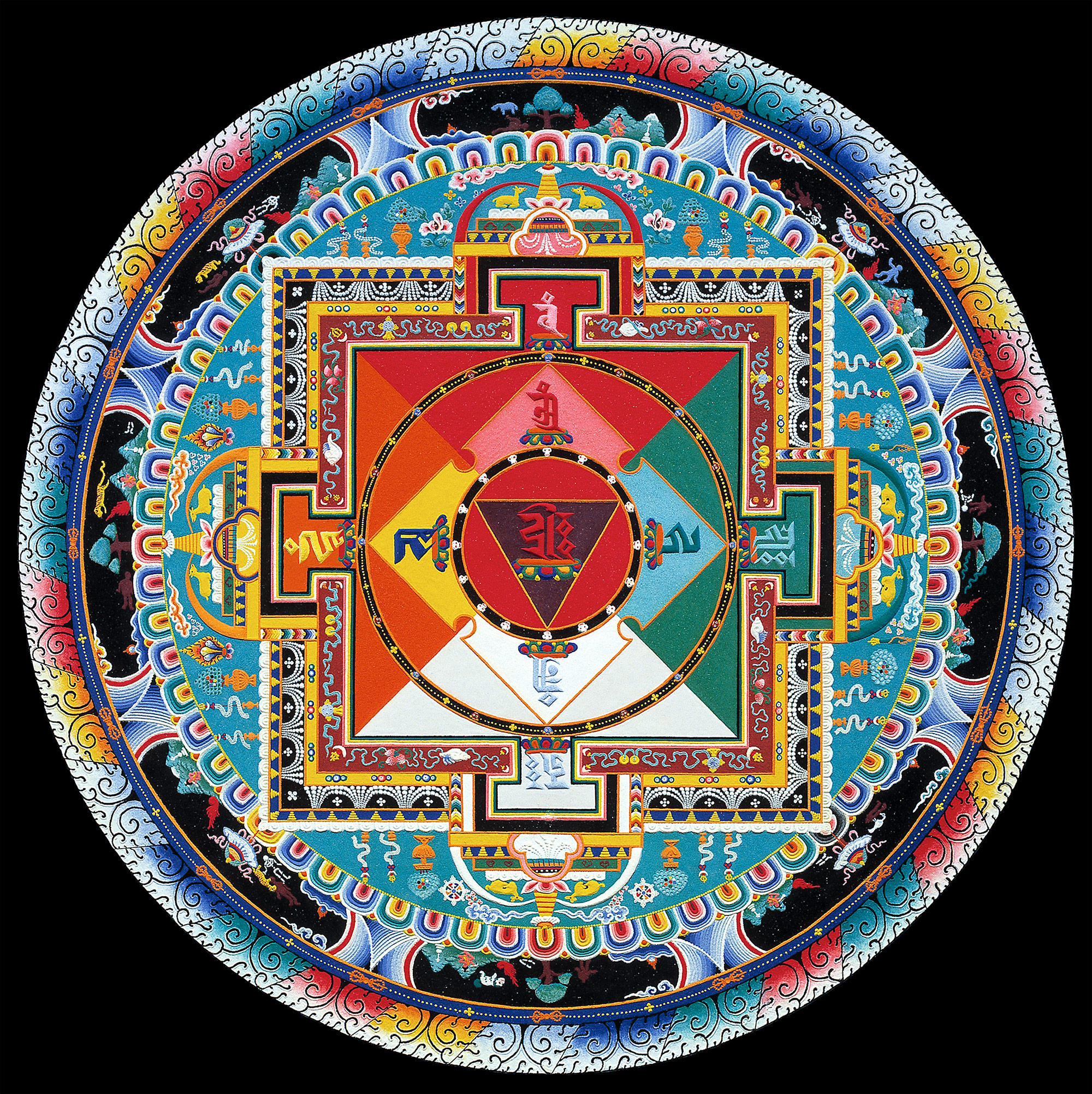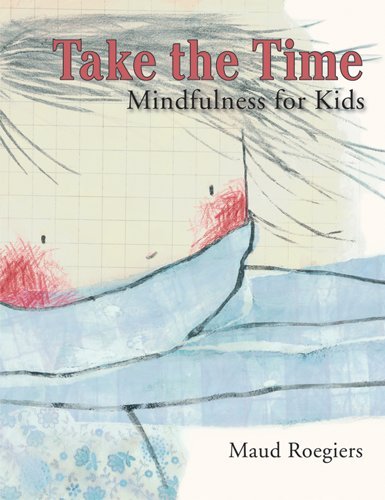
Take the Time: Mindfulness for Kids
TIP: Teach children breathing techniques to give them concrete ways to slow down and calm down when needed. Introduce yoga poses as another way to practice mindfulness.

Hayagriva Mandala, 1996. Created by monk-artists of Seraje Monastic University, India: Geshe Thubten Sonam (b. 1965, Tibet), Sonam Woser (b. 1964, Tibet), Lobsang Lungrig (b. 1974, Tibet). Sand mixed with mineral pigments. Denver Art Museum purchase with funds from the Asian Art Association, Mr. and Mrs. Yale H. Lewis, NBT Foundation, Fay Shwayder, and the Asian Art Department Acquisition Fund. 1996.54
Tibetan Sand Mandala
Sand mandalas are important symbols in Tibetan Buddhism and are used in meditation. They are made by monks and are destroyed when they are finished. The mandala at the Denver Art Museum was created by Tibetan monks in 1996. The monks gave special permission for the mandala to stay in the gallery as a gift to the people of Denver
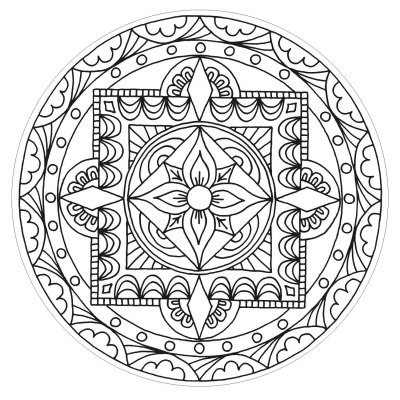
Design by Janet Strickler
Mandala Coloring Sheet
Download the mandala coloring page to practice mindfulness after reading the book. Take time to look at the Hayagriva Mandala made of sand that inspired the coloring page.
Take Your Time
- Creating a mandala takes a lot of patience. The artist must work on one area at a time.
Focus
- Take deep breaths. Focus only on the part of the mandala you are coloring.
Prompting Questions
- How can you slow down in your everyday life?
- What will you do next time you feel like you need to slow down?
- How does coloring a mandala help you take time and focus?
Related Creative Activities
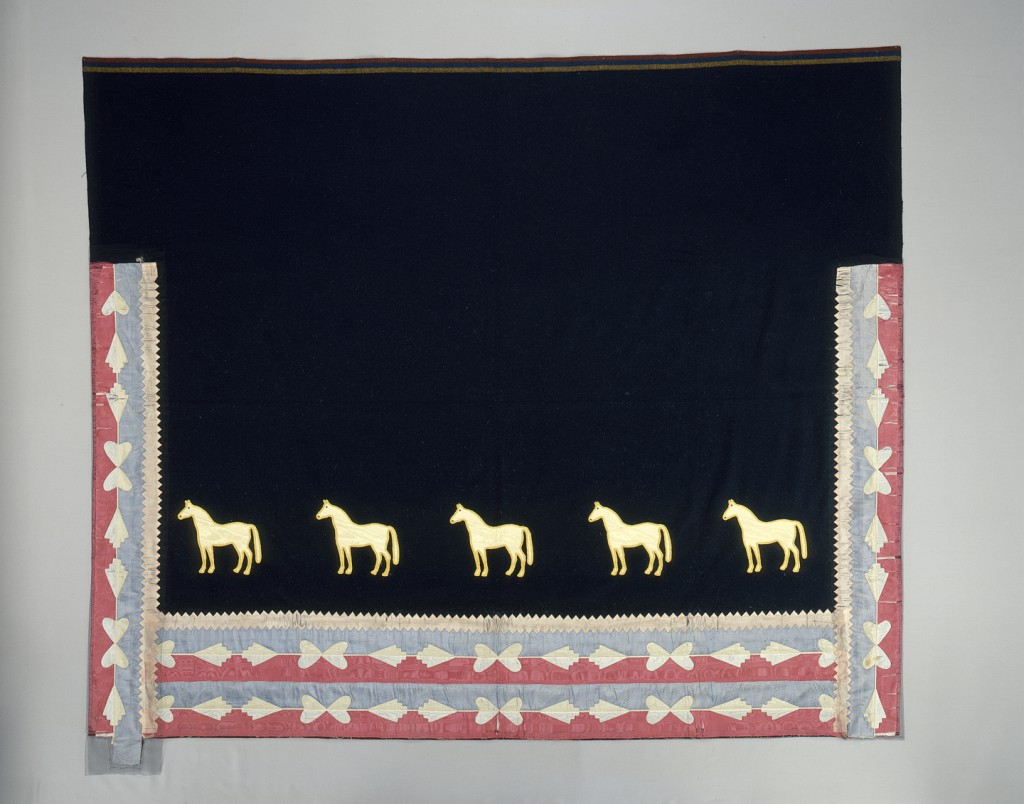
Communication Through Clothing
In this lesson, students will explore the symbols, patterns, and colors that are important to the Osage people. Students will create a t-shirt design that expresses information about their own culture and personality, and reflect upon messages communicated by their clothing design.
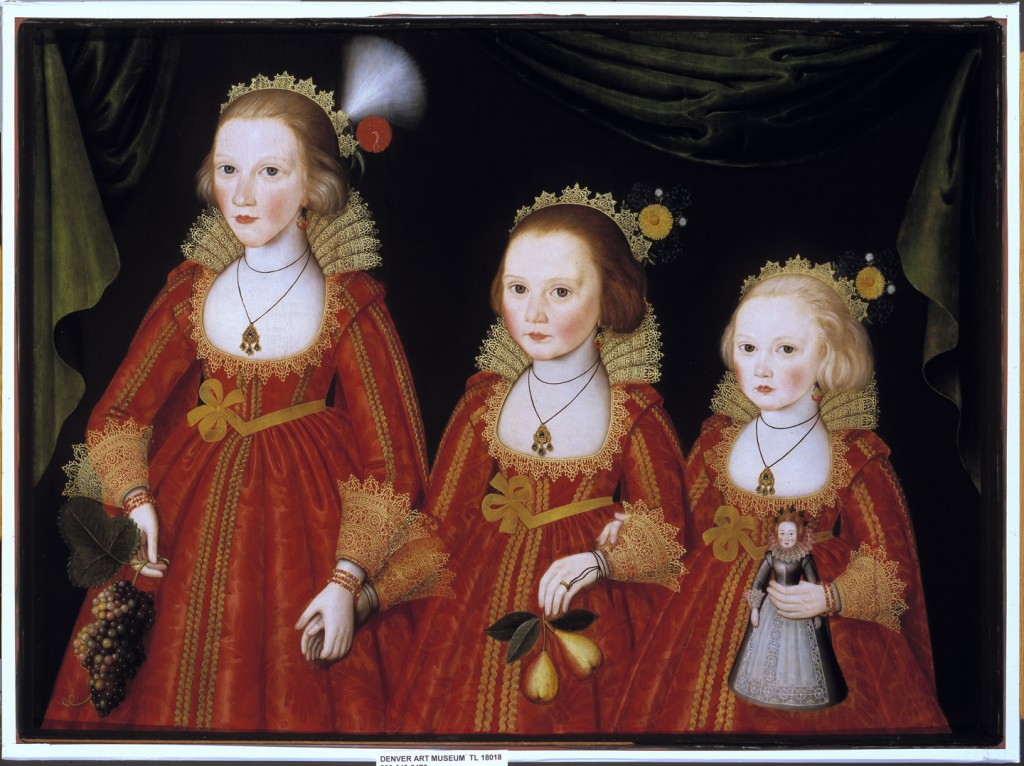
Say It with Flowers
Students will examine the artistic characteristics of Three Young Girls; explain the meaning and significance of the flowers in the painting and other well-known flowers.
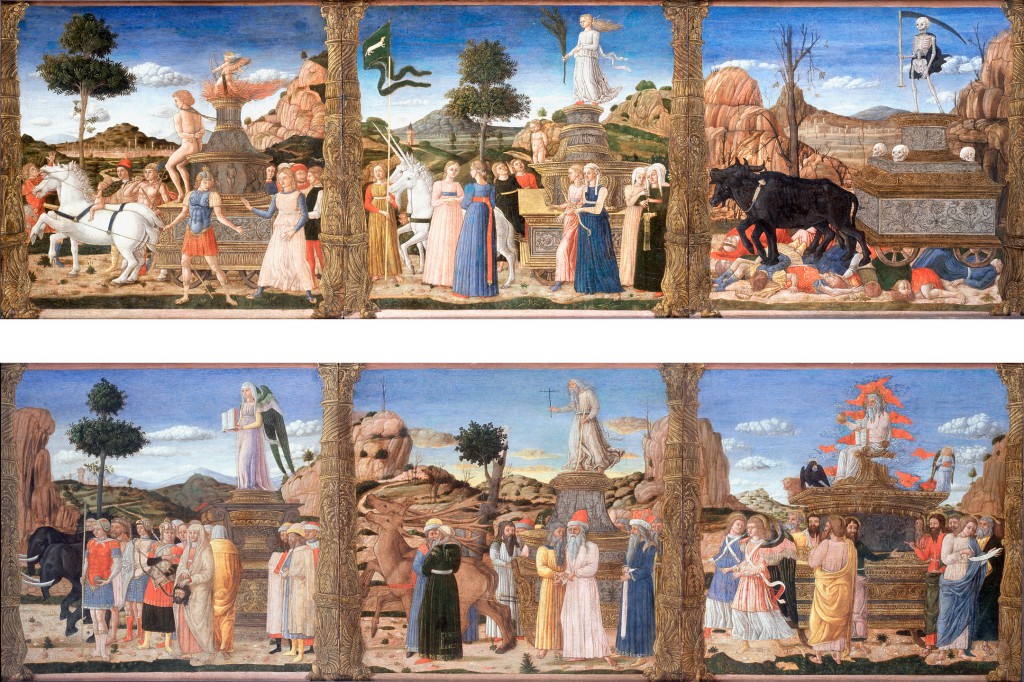
A Triumphant Message
Students will examine the sequencing of events in the paintings and create a six-part story of sequential “triumphs” that ends with an important message.

Poetry with Natural Similes and Metaphors
Students will examine the artistic characteristics of Summer; make comparisons between physical features of the figure portrayed in Summer with items from the natural world; and create poems using similes and metaphors comparing a person’s physical appearance with items from the natural world.

Making the Commonplace Distinguished and Beautiful
Students will learn how William Merritt Chase aimed to portray commonplace objects in ways that made them appear distinguished and beautiful. They will then create a written description of a commonplace object that makes it appear distinguished and beautiful.
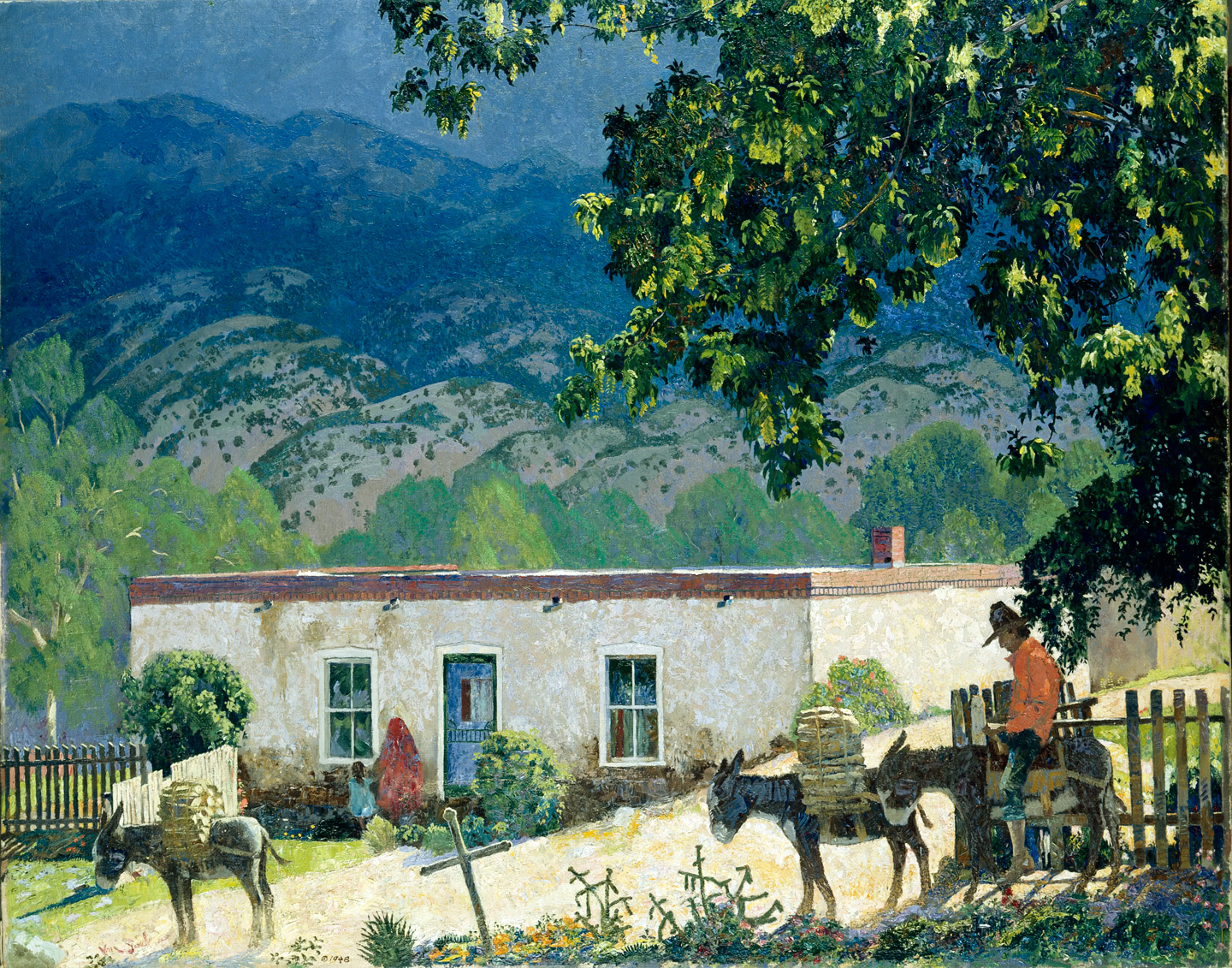
Beyond First Impressions
Students will examine the visual tools used in the painting Road to Santa Fe and how those tools help the painter tell a particular story. They will then use the painting to explore storytelling and use brainstorming strategies to enrich the content and voice of stories they will write. Multiple drafts and peer-editing will help teach students how working and reworking a piece, much like painters do when planning a painting, will strengthen their finished product.
